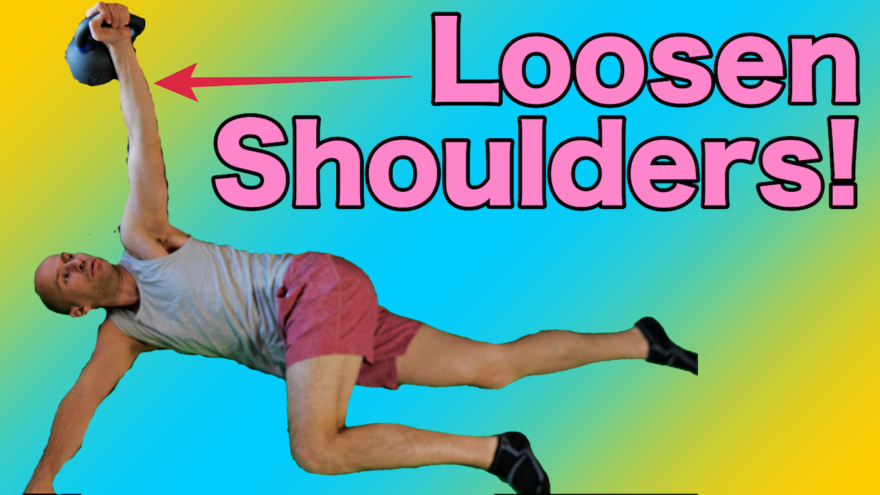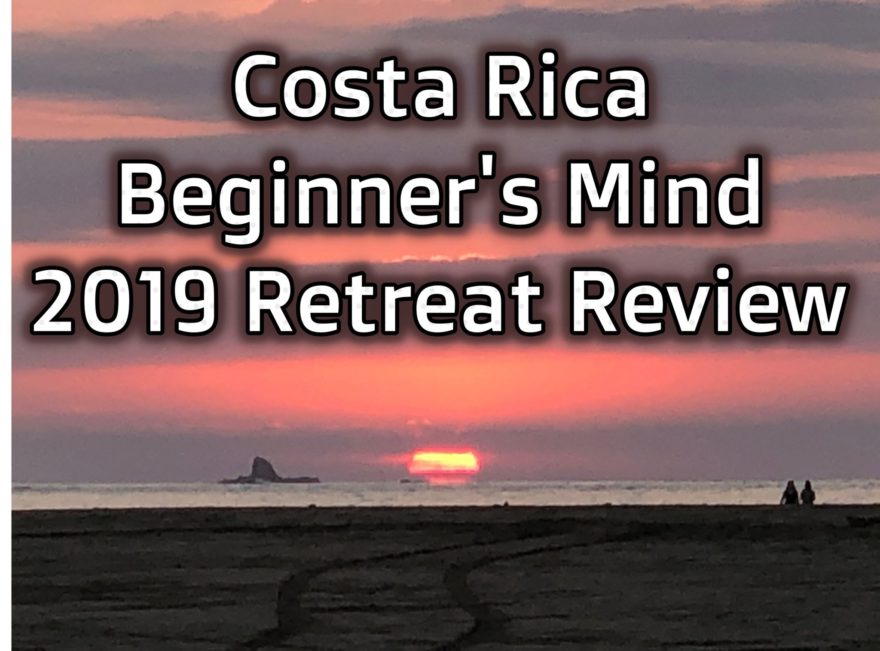Where can you combine learning, disengaging from life, connection, beach, sun, hiking, and so much more? That’s what Ben House has created with his Beginner’s Mind Retreat at Flō Retreat Center. A place where one can achieve all of the above and more. This trip marked the second time I’ve been here, and for good reason. It gives me the opportunity to personally recalibrate from the hectic work lifestyle I’ve grown accustomed too, while taking time out to better myself in more ways than one. This year’s retreat brought together several bright minds in the health and fitness realms, discussing topics ranging from training, mitochondria, stress, and more. The retreat is set up into two different weeks. The first week was functional medicine-oriented. After a three day break of chillin’ like Bob Dylan, the strength and conditioning week finished things off. The best part of this retreat is that learning is only one component. The lectures took up the morning, then the rest of the day was yours. You get time to train, go to the beach, hike, jump off of cliffs, eat good food, or just chill and play board games. The best part of this retreat is the people you encounter. It can be hard in our industry to find like-minded folks who live the lifestyle that fam like us live. But at Flo, healthy living is the norm. The people I’ve met at Ben’s place are people who I consider to be friends for a lifetime. That’s
Read More
